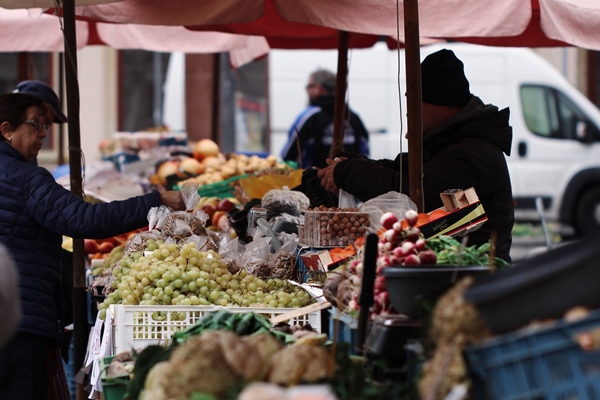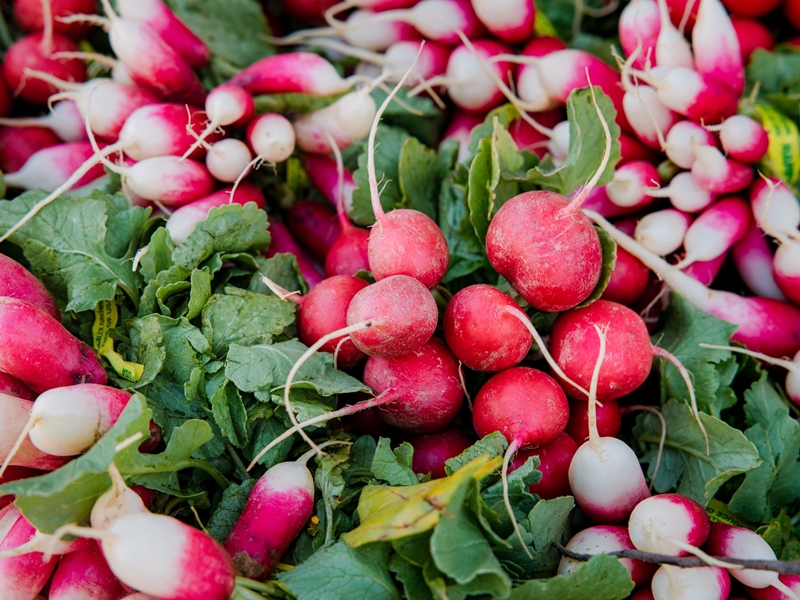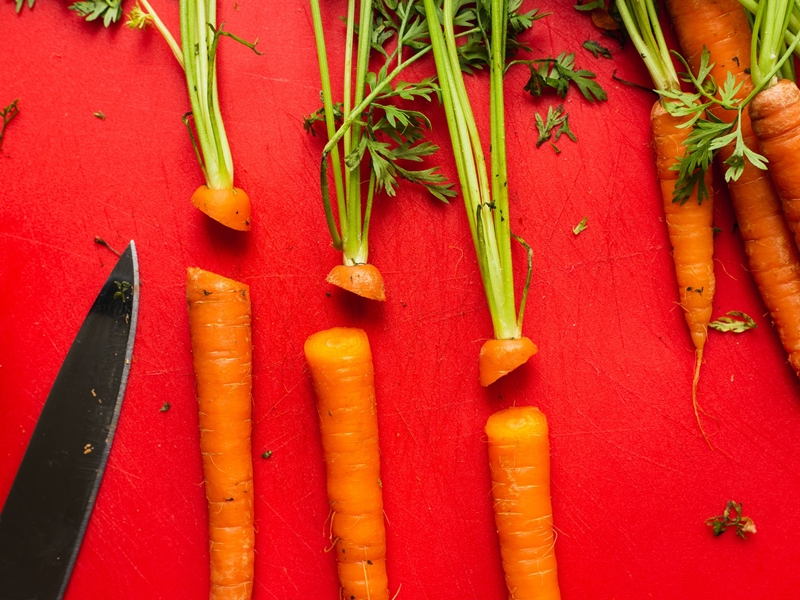Open Letter to Tom Steyer and the Task Force on Business and Jobs Recovery
As the Task Force on Business and Jobs Recovery explores what steps to take to ensure a steady, stable and long-lasting economic recovery within California, we at Sustainable Solano urge you to move toward an economy that works for more people, supporting the citizens of California and the small businesses upon which so many communities rely. In large part, a recovery in California will require a transformation of agriculture and our food system to create more local, resilient and regenerative approaches that are better for those who work in the system, the environment and citizens who need access to healthy, local food while supporting a local economy.
An Economic Strategy for the Way Forward
Sustainable Solano is a nonprofit grassroots organization in Solano County. Through our work, which grew out of community gardens and sustainable, edible landscapes, we have seen the need for access to healthy, local food. In 2017, we started building a local food system that supports our local farmers and creates appreciation and demand for food grown locally. We want to see a food system that is environmentally regenerative, economically viable and socially just. Supporting a local food system with some creative thought on how to help those hit hardest by the COVID-19 crisis — those who have lost jobs, communities of color, the homeless and low-income communities — can create a way forward that helps to boost those communities even while building a robust system that will weather the next downturn with less disruption. This directly addresses your task of developing a fair, green, people-centered economic strategy to help the state recover.
Replacing a Flawed System with Resilient Local Food Systems
We urge you to consider approaches informed by the New Deal as well as the Green New Deal — finding ways to support citizens, provide work and improve the resilience of communities as we strengthen the economy and better the planet. The current situation has revealed cracks in the existing system of industrial agriculture, where food is treated as a commodity exchanged between institutions rather than the foundation that supports people’s health and well-being.
Farmers often grow products that are shipped out of state and out of the country for processing or sale in a vast global supply chain. The flaws in this system are now exposed: food is flushed down drains and rots in the field while people go hungry. We encourage supporting local food systems where farmers can get a fair price for their food within a local market that in turn supports the creation of more jobs.
Supporting local farms that operate in sustainable ways and providing local markets for what they produce will support communities around the state. Access to local food reduces the carbon footprint of the food people buy, returns more of the profit to the farmers who are able to sell directly to consumers and nearby institutions, such as schools or hospitals, and has a multiplier effect for the local economy, boosting local business spending and jobs. You have the unique opportunity to encourage systemic change through the development and growth of local systems, based on successful models that already exist in the state, such as the local food system in San Diego.
Financial Support for Workers and Farmers
We envision that those who need work could find jobs within the local food system, including on farms, in restaurants, through distribution, in the production of value-add products and more. But we also suggest supporting those workers through an underlying Universal Basic Income, offering financial support to meet their basic needs, helping them pay bills and bolster the local economy even as they build the new food system. Having UBI to offset part of their salaries would also help to support smaller farms that have less capacity to increase production, allowing them to bring on additional workers at a lower price point. This again strengthens the system, and in ways that move away from food stamps and food banks, but rather support agricultural practices that pour resources back into the local economy.
A Move from Business as Usual
Now more than ever we are faced with a crisis that presents new opportunities to change from business as usual to business that supports even those who are most vulnerable in society. We urge you to reach out to community organizations like our own that are prepared to carry the vision forward. These organizations are ready to do the legwork to effect change in our current system, but we need the political will, high-level imagination and courage that comes from government and business leaders such as yourself and those represented on the task force.







